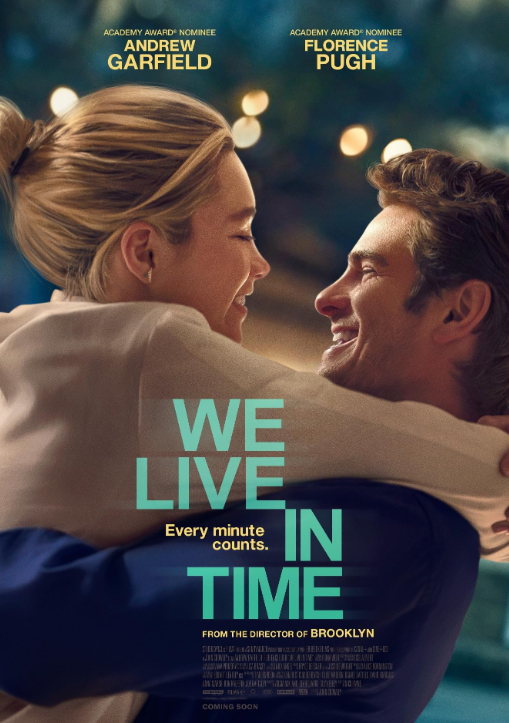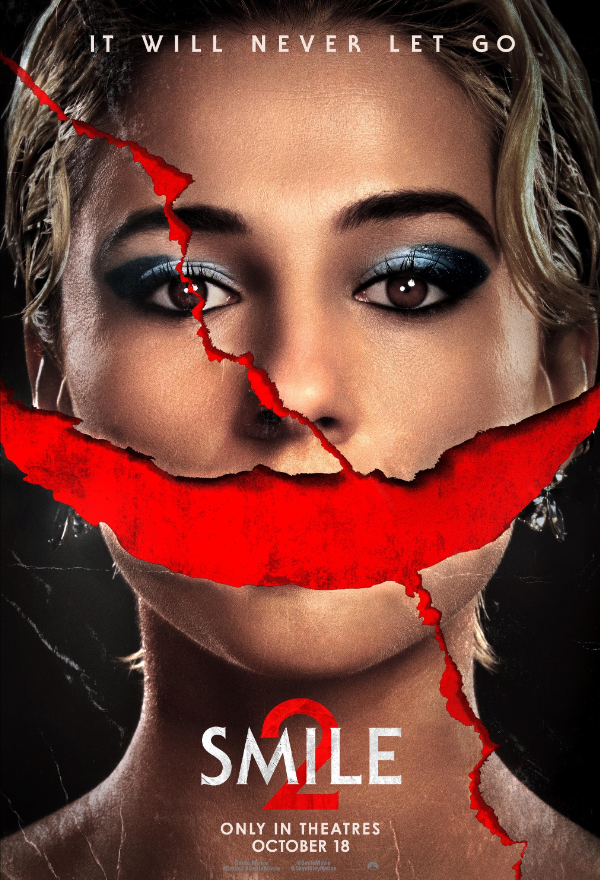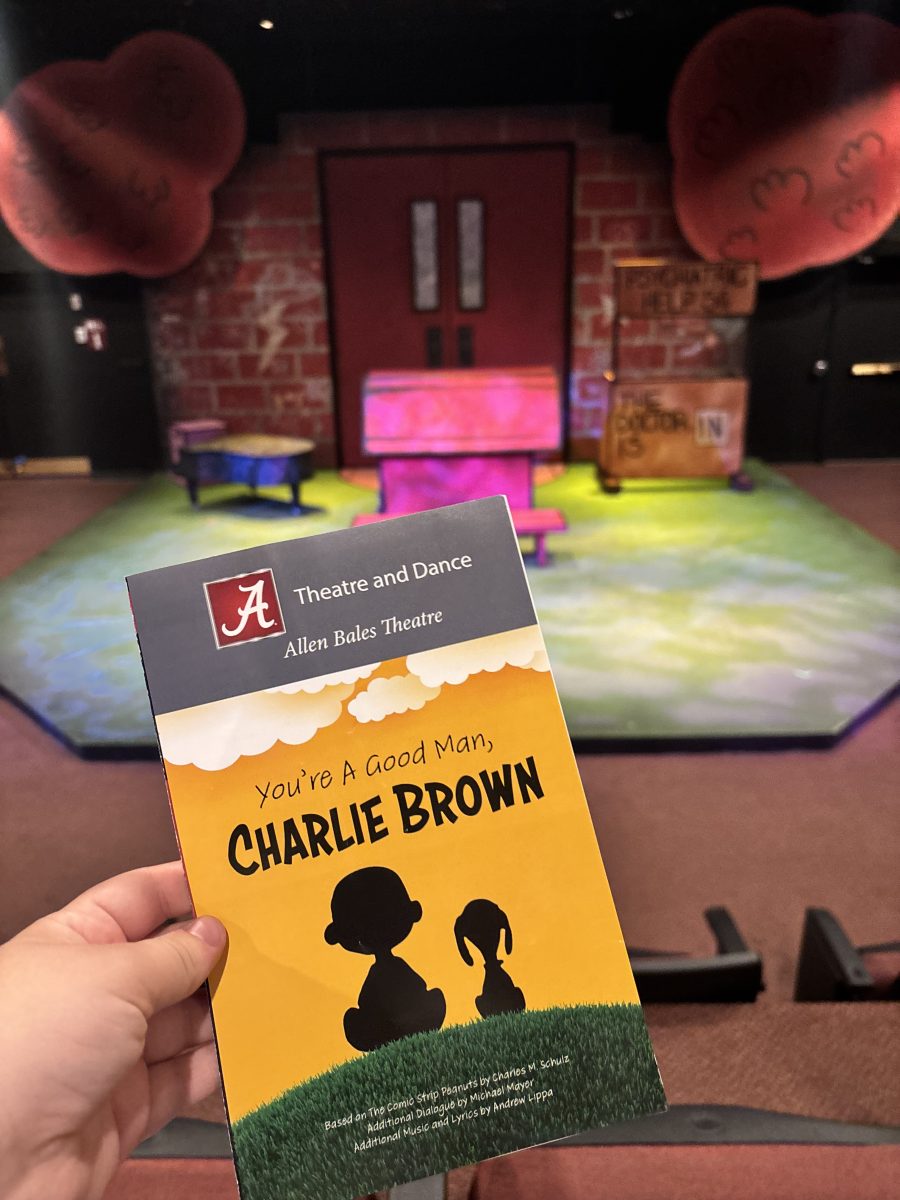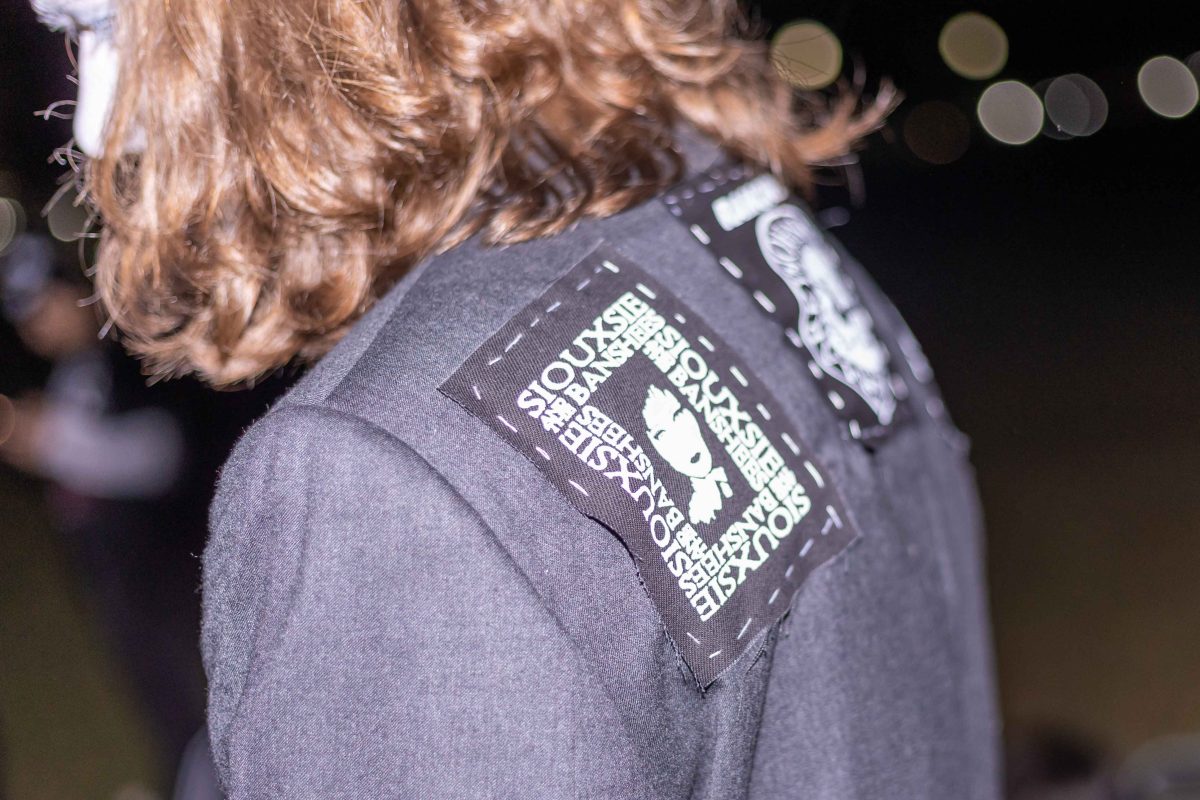For one week every January, filmmakers and filmgoers alike converge on the small town of Park City, Utah, nestled in the mountains east of Salt Lake City, for the Sundance Film Festival. For 10 students in the telecommunication and film department at The University of Alabama, this year’s festival was course credit and more.
“The Sundance course is made up of the trip to Park City as well as a 15-week spring class called Film Festivals and Independent Cinema,” Kristen Warner, an assistant professor of telecommunication and film, said. “The two parts complement one another and help students grasp the ecosystem that makes up the necessary components of a film festival, including the kinds of films that are programmed, the place of business, stars as well as publicity/press.”
The idea for the course, which was first offered in Spring 2013, was rooted in Warner’s own collegiate experience as a graduate student and Sundance attendee at the University of Arizona. While there, she worked for the Arizona International Film Festival, where her primary job was to go to Sundance and recruit short-film filmmakers to submit the films to the festival.
“I learned a lot about the business and industry of film festivals and always thought it would be great to bring students once I became a professor,” Warner said. “When I arrived at [The] University of Alabama in 2010, it was one of the first things on my list to accomplish.”
Rachel Raimist, an assistant professor of telecommunication and film who also teaches an interim course that takes students to Los Angeles, said the Sundance program is taught in a different way than other courses.
“We gave the students a scavenger hunt of sorts. We based the assignments on photos and articles put on Instagram and Tumblr as an exhibit of their experience, with each photo or post having a different point value,” Raimist said.
The posts allowed students to show how they saw the different elements of the Sundance experience, such as business, culture, fashion and the film industry, in action.
The festival, which is run by the Sundance Institute and has been the premiere site for notable recent independent films such as “Beasts of the Southern Wild,” “Little Miss Sunshine” and “Winter’s Bone,” provides aspiring filmmakers with opportunities to interact with the writers, producers and directors through workshops such as “filmmaker speed dating,” participant-run panels and casual discussion.
“Sundance is a premier independent film festival that is unique,” Raimist said. “The entire industry, from all over the world, descends on Park City. All the key players are in one place, and it’s a fun, hands-on and very immersive experience that allows the students to ask questions and interact with prolific people in the industry.”
Warner chose Sundance as the program’s destination because of its opportunities for students to interact and network with industry professionals.
“Sundance is easily one of the more accessible festivals for filmgoers,” Warner said. “It is not exclusive like Cannes or tied to a number of competing entertainments like South by Southwest or functions primarily as a marketplace like Toronto. Sundance tries to balance its interest between being a business festival and an audience festival and as such is the perfect place to introduce students to the film industry while giving them exposure to independent films they may not see outside the festival if not granted distribution.”
Brandon Sparks, a senior majoring in telecommunication and film who attended the festival and also interned at the Cannes Film Festival in France, said he felt the laid-back atmosphere at Sundance made the festival a great experience.
“Everyone’s there for movies, and it’s really secluded and relaxed,” Sparks said.
Sparks said his favorite part of the festival was the workshops that the Sundance Institute formed for students. At these workshops, they were able to meet with officials from the Sundance Institute as well as attend labs for writers and directors with other student filmmakers and professionals.
“It’s more about how the film industry works, rather than the glamour of Cannes,” Sparks said.
The experiences the students were able to have at the festival were what stood out for Warner. She said she was grateful for the panels the students attended because they were able “to see that there were more than the traditional five careers in film for them to consider for their own professions.”
Warner, who is also currently planning a student trip to the Telluride Film Festival in September, said the festival trip has many benefits to students. Its goal is to give students the confidence and skills needed to break into the film industry, despite coming from a region that is not the industry’s primary location and marketplace.
“Unlike for other colleges and careers, there is no job fair for the film and television industry,” Warner said. “Thus, it behooves us as faculty to find opportunities to connect our students to the industry when we can and ensure that they are equipped, aware and prepared for the vast and expansive and sometimes completely impossible workforce they desire to enter. Bringing them to Sundance or to Los Angeles as Dr. Raimist does is a way to achieve that goal in making those opportunities possible.”








